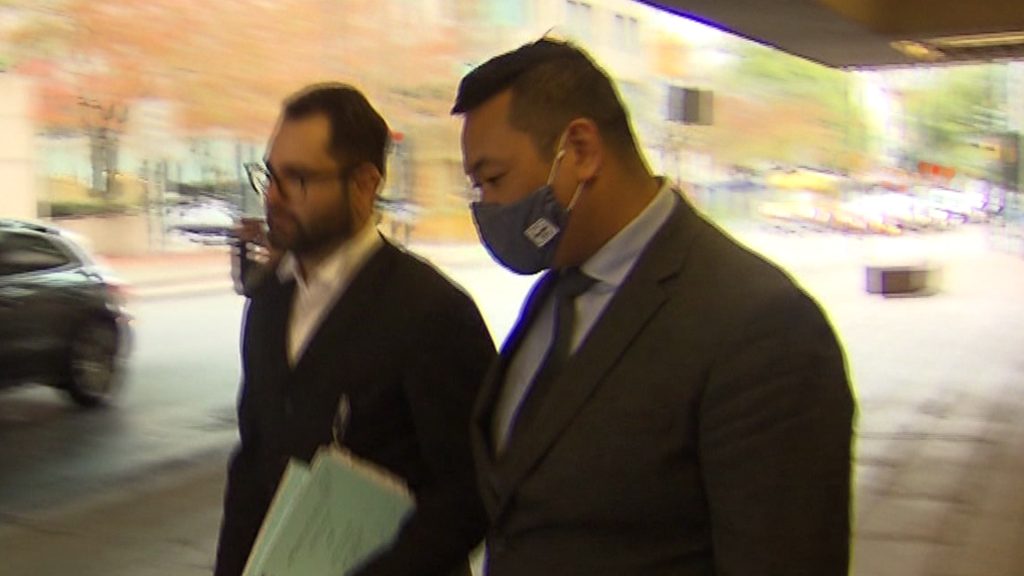US sales of previously occupied homes rise to 4.98M in February, most in more than 3 years.
Posted March 21, 2013 10:01 am.
This article is more than 5 years old.
WASHINGTON – U.S. sales of previously occupied homes rose in February to their fastest pace in more than three years, and more people put their homes on the market. The increases suggest a growing number of Americans believe the housing recovery will strengthen.
The National Association of Realtors said Thursday that sales increased 0.8 per cent in February from January to a seasonally adjusted annual rate of 4.98 million. That was the fastest sales pace since November 2009, when a temporary home buyer tax credit had boosted sales. The February sales pace was also 10.2 per cent higher than the same month a year ago.
Steady hiring and near-record-low mortgage rates have helped boost sales and prices in most markets. The Realtors’ group says the median price for a home sold in February was $173,600. That’s up 11.6 per cent from a year ago.
More people are also starting to put their homes on the market, which could help sales in the coming months. The number of available homes for sale rose 10 per cent last month, the first monthly gain since April. Even with the gain, the inventory of homes for sale was still 19 per cent below a year ago.
Jeff Kolko, chief economist at Trulia, said the increase in houses for sale is a good sign. It suggests more homeowners are gaining confidence in the recovery. That could end an inventory squeeze that has held back sales in many markets.
“Tight inventory has been a critical issue for the housing market. The limited supply of homes has fueled bidding wars and has meant that buyers have little to choose from and agents have little to sell,” Kolko said.
By region, sales of previously owned homes were up 2.6 per cent in both the South and the West. Sales fell 3.1 per cent in the Northeast and 1.7 per cent in the Midwest, possibly in part because of adverse weather.
Even with the gains, sales nationally remain below the 5.5 million that economists associate with healthy markets.
One concern is that few first-time buyers, who are critical to a sustainable housing recovery, are entering the market. They made up only 30 per cent of sales in February. That’s well below the 40 per cent typical in a healthy market.
Since the housing bubble burst more than six years ago, banks have imposed tighter credit conditions and required larger down payments. Those changes have left many would-be buyers unable to qualify for super-low mortgage rates. First-time buyers have been hit particularly hard by the changes.
The average rate on the 30-year fixed mortgage dropped in November to 3.31 per cent, the lowest on records dating back to 1971, and they have remained near that record low this year. This week the rate on the 30-year loan was 3.54 per cent.
Rising demand and short supplies have encouraged builders to boost construction. U.S. builders started more houses and apartments in February and received building permits for future construction at the fastest pace in 4 1/2 years.
The increases meant that builders broke ground on homes last month at a seasonally adjusted annual rate of 910,000, the second fastest pace since June 2008. Applications for building permits rose 4.6 per cent to 946,000, the highest level since June 2008










